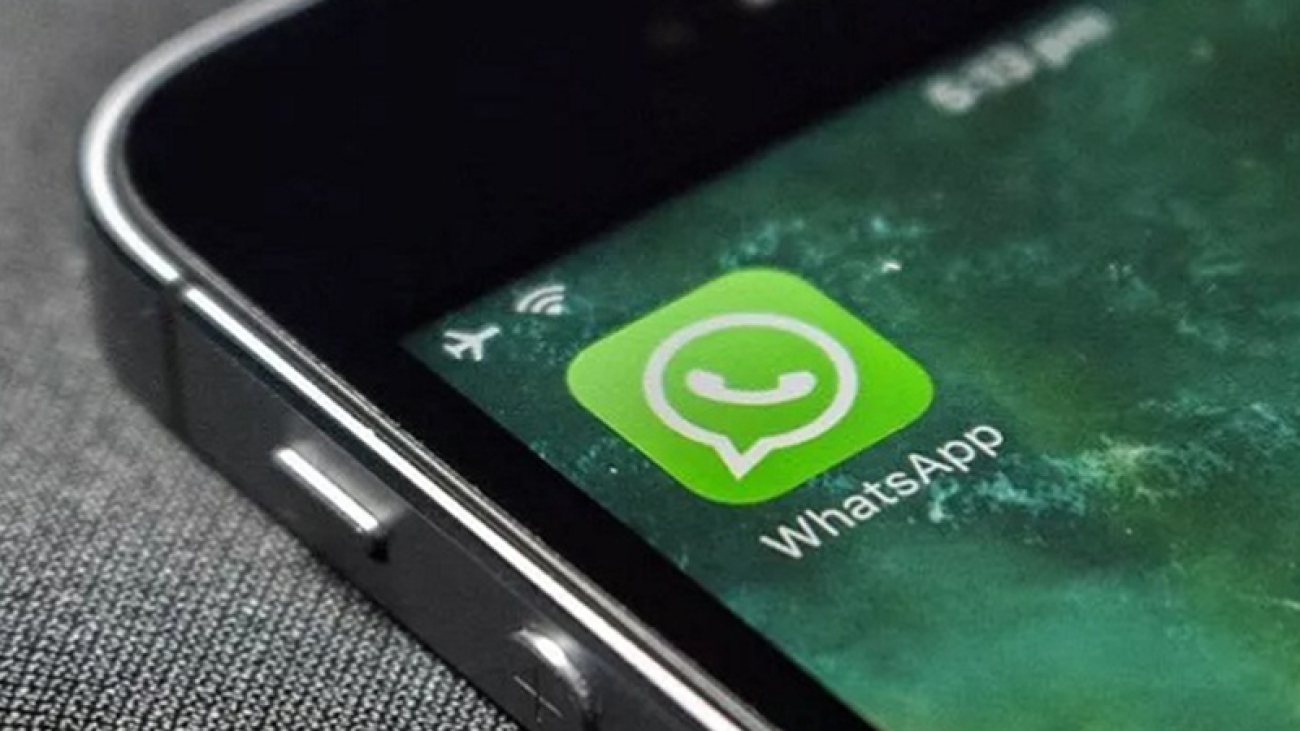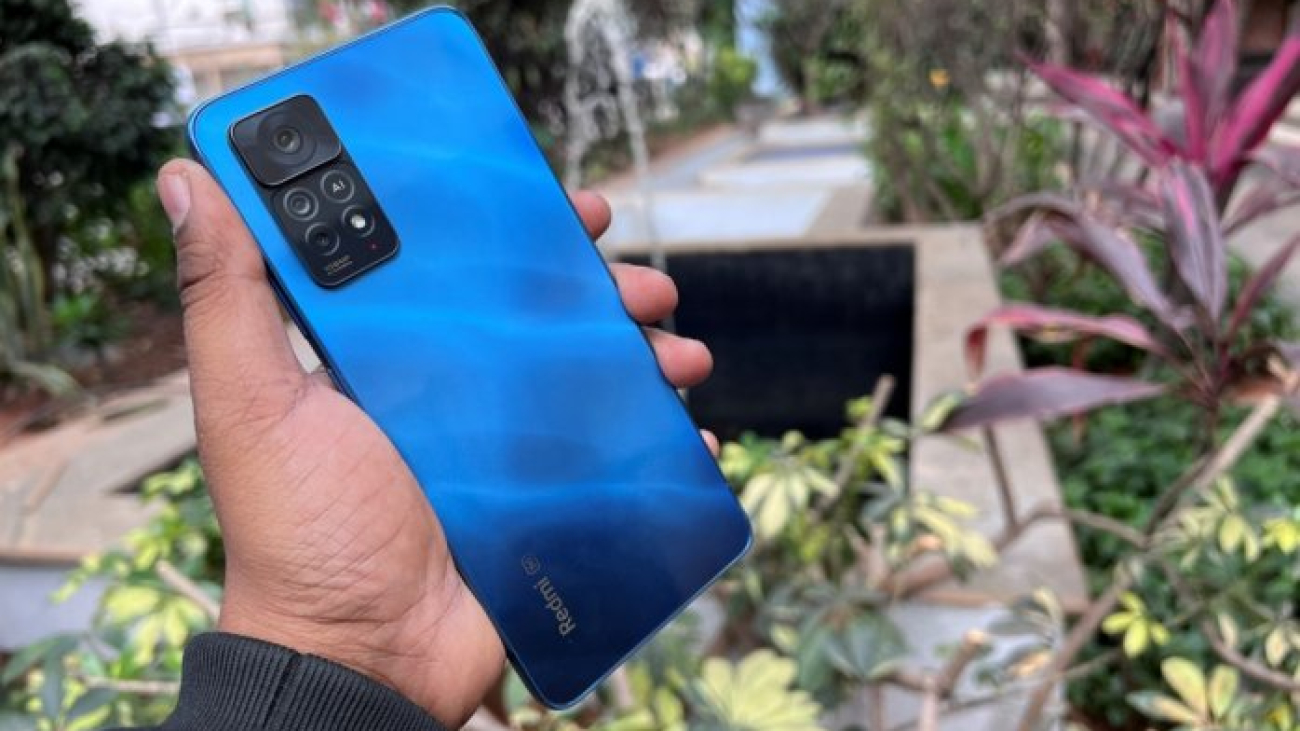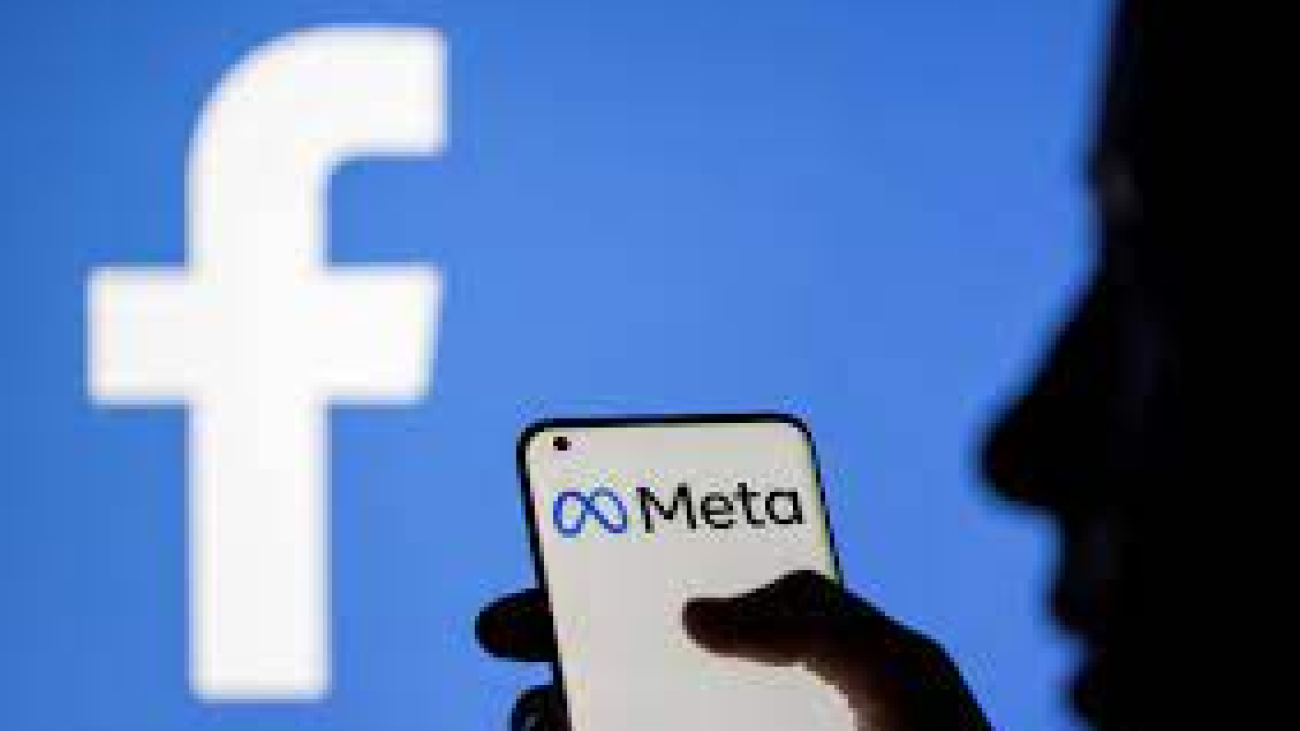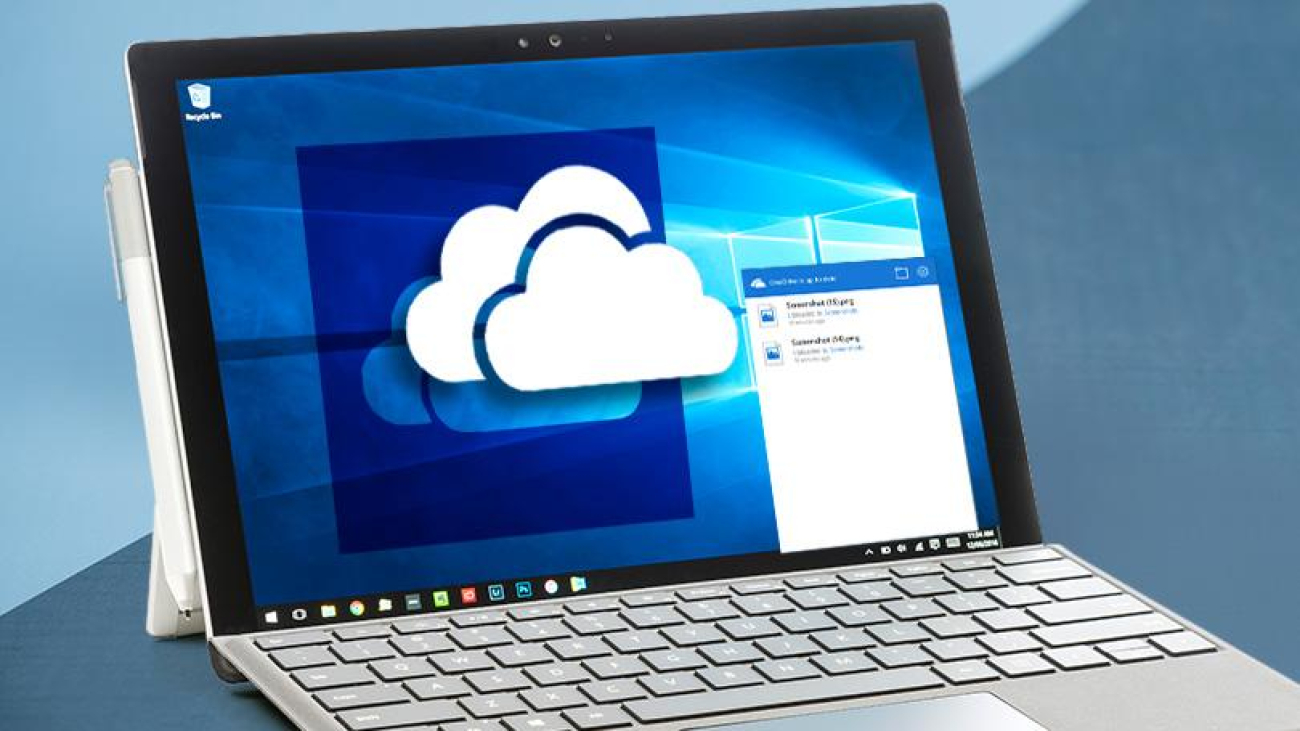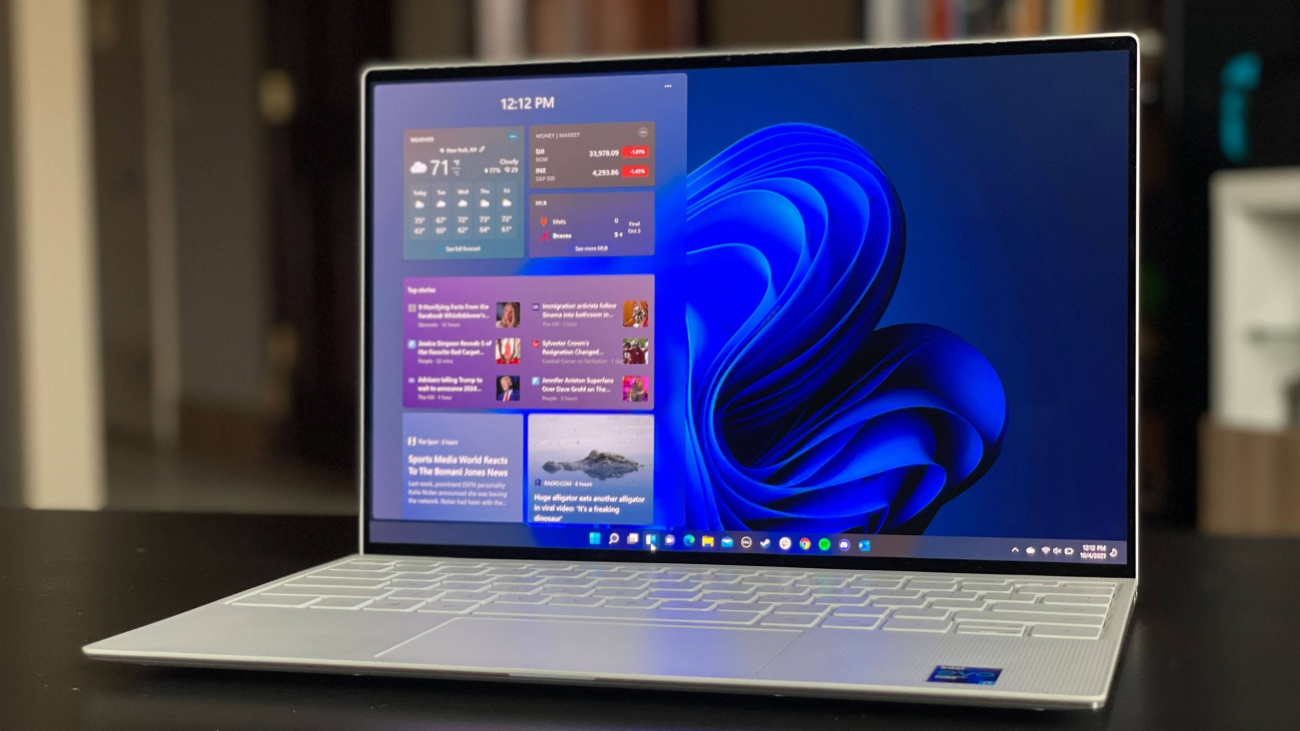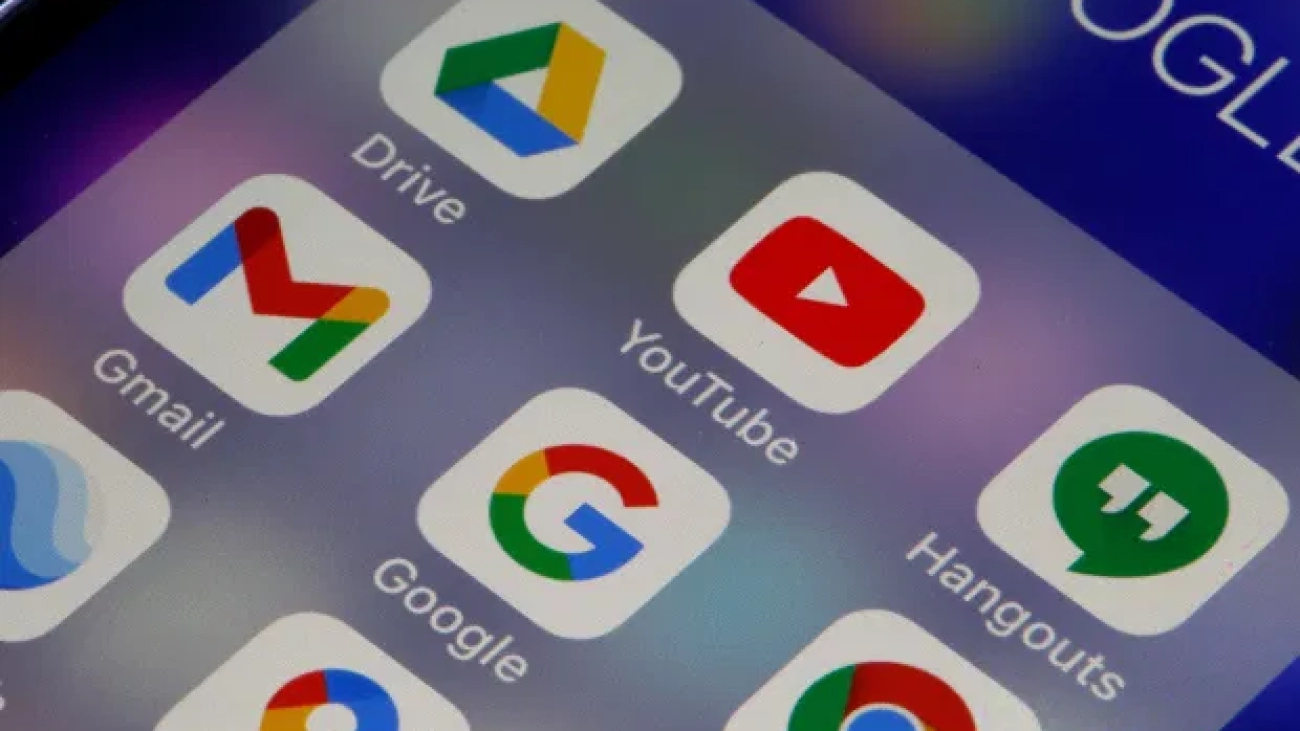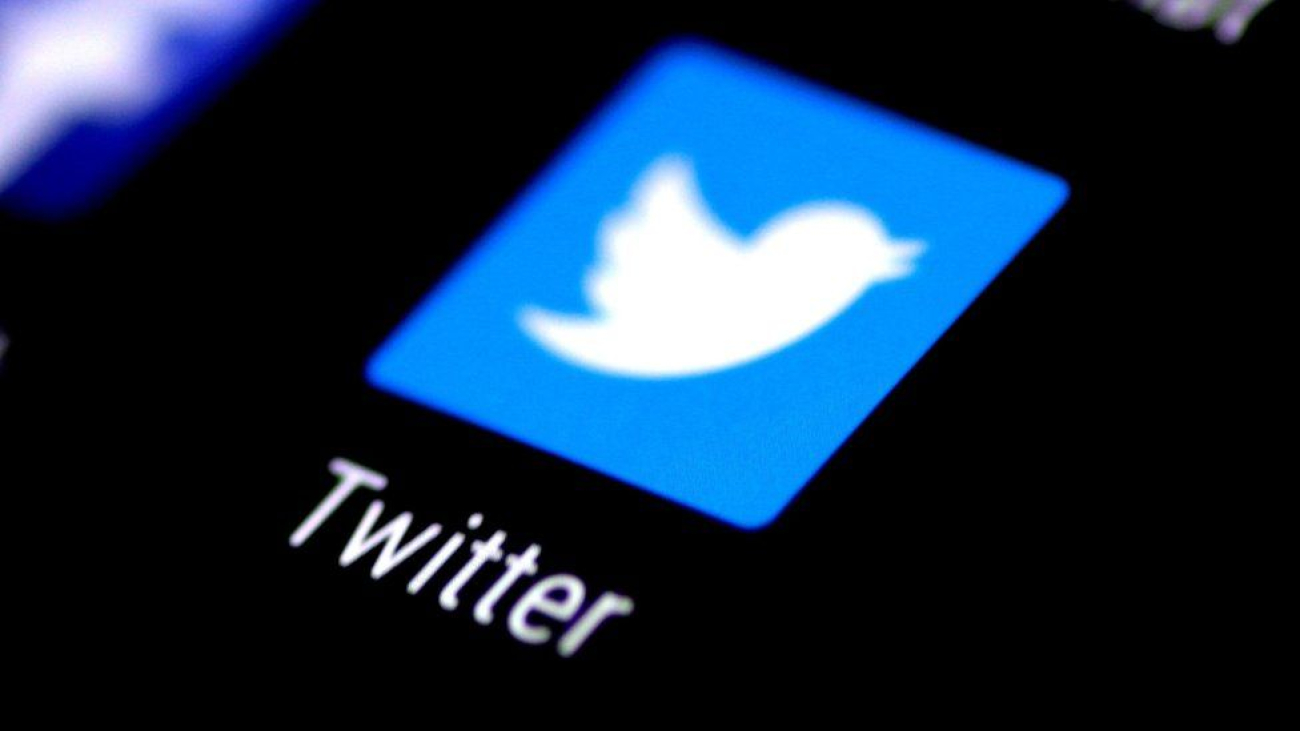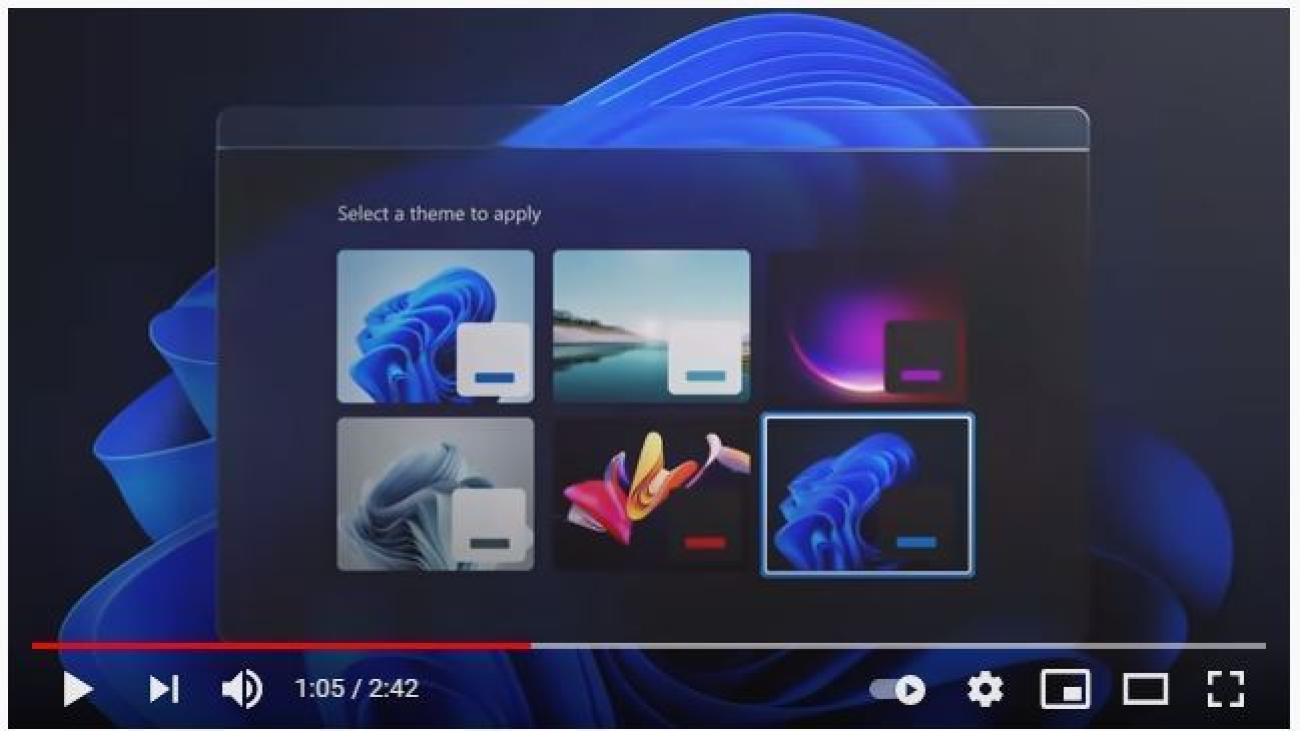This year is already stuffed with smartphone launches, so we’ve rounded up the best Android and Apple smartphones you can buy today
We all covet those little rectangles in our pockets. Smartphones play a massive part in our day-to-day lives, but buying the perfect smartphone can be an arduous task. However, don’t fret – we’re here to help you buy the best smartphone for you.
We’ve painstakingly put every smartphone to the test, with the best coverage, so we can help you make a buying decision. Our best smartphone 2022 roundup is always kept up to date, so be sure to check back often.
How to buy the best smartphone for you
Finding the right smartphone for your budget can be tricky, especially when there are so many expensive contracts to sift through. To make things easier, we’ve rounded up everything you need to know about buying your perfect smartphone, as well as what you need to know about picking out a contract.
Should I buy a smartphone on contract or SIM-free?
Generally speaking, buying a phone unlocked and SIM-free is the best option, as you can use any SIM you like and sell the phone when you want to upgrade, but you do have to have the money upfront. If you can’t stomach the upfront cost, go with a contract, but work out the total cost of it over the period to make sure you aren’t getting ripped off: if you can afford a bit more upfront, you’ll most likely save over the contract’s length.
Which smartphone operating system do I need?
There are two smartphone operating systems to decide from in 2022: iOS and Android.
You’ll only find iOS on Apple’s own smartphones. Typically, iOS gets apps first and is a wonderfully slick OS. It isn’t as customizable as Android, but there’s no doubt that it’s incredibly easy to use.
Android has a much wider reach than its Apple counterpart and is found on the majority of smartphones on the market. There are many different versions of Google’s operating system available, though. Generally speaking, you’ll want a phone running Android 11 or higher, as older versions will now be outdated. Manufacturers often customize their own versions of Android, which means that the experience can differ between handsets.
What should I look for in a smartphone display?
As most smartphones are controlled entirely with their touchscreens, the size and quality of a handset’s display are very important. A larger screen will make everything easier to read and is particularly useful for web browsing, but a big display makes for a big phone that you may find harder to carry around.
A screen’s pixel density, measured in pixels per inch (ppi), will give you an idea of how clear and sharp text will appear on a screen – a smaller number of pixels stretched across a huge screen, for example, will lead to jagged edges. Screen technology can also be very important, with AMOLED screens and IPS being the two main technologies, each with their own pros and cons.
What about performance and battery life?
Most smartphones are powered by octa-core processors these days. As a general rule, the clock speed of a processor (measured in GHz) shows how fast the phone is and will give you a rough indication of how fluid the operating system feels, as well as how the phone copes with running apps and games.
How much smartphone storage do I need?
Generally speaking, a minimum of 64GB of onboard storage is fine if there’s a microSD slot, but you’ll soon find the internal storage filling up quickly. With more of an emphasis on smartphone cameras in recent years, it’s likely that your Instagram snaps will be the main culprit in using up your storage so we recommend at least 64GB to get you started.
The best smartphones to buy in 2022
1. Samsung Galaxy S22 Ultra: The best smartphone of 2022
Price: From £1,149

The Samsung Galaxy S22 is a flagship smartphone of rare distinction. The most complete high end handset the company has produced to date, it might cost you a bit more than other handsets on this list, but the S22 Ultra is the very best Android smartphone currently on the market.
Samsung’s latest big-screened beauty has received a bit of a facelift this year, with a new Burgundy color and a fancy new camera array. Internal upgrades to Samsung’s own Exynos 2200 processor makes this one of the most powerful smartphones we’ve ever tested, too. Likewise, the Galaxy S22 Ultra’s cameras continue to impress, with improved zoom images.
But perhaps the biggest new addition this year is the inclusion of Samsung’s S Pen stylus. Borrowed from the Note line, this dinky doodler is a great tool, and its something worth spending extra for.
If you’re after the very best that Android can muster, then make no mistake, it doesn’t get much better than the Galaxy S22 Ultra.
Key specs – Processor: Octa-core 2.8GHz Samsung Exynos 2200; Screen: 6.8in, 3,088 x 1,440; Camera: 108MP, 10MP (10x zoom), 10MP (3x zoom); 128GB, 256GB, 512GB, 1TB; Operating system: Android 12
2. Xiaomi Redmi Note 11: The best budget buy
Price: £199

Smartphone flagships are getting better and better, but with these top-notch innovations comes an increased cost. Paying almost four figures for the latest top-end smartphone simply isn’t doable for most consumers, but thankfully Xiaomi’s Redmi Note 11 provides a flagship experience at a vastly reduced cost.
Xiaomi’s cheapo handset has seriously reset the benchmark of what to expect from a smartphone in 2022. Equipped with a surprisingly speedy Snapdragon 680 processor, the Redmi Note 11 outperforms phones that cost twice the price, and then some. Its quadruple-camera array is also excellent for the price, as is the large 6.43in FHD+ screen with 90Hz refresh rate.
In fact, the Redmi Note 11 doesn’t really fail in any area, especially when you consider how little it costs. If you’re in the market for a new phone in 2022 and don’t have a huge amount to spend, then the Redmi Note 11 is absolutely where your wallet should be headed.
Key specs – Processor: Octa-core 2.4GHz Qualcomm Snapdragon 680; Screen: 6.43in, 2,400 x 1,080; Camera: 50MP, 8MP (wide), 2MP (macro) and 2MP (depth); Storage: 128GB, 2556GB; Operating system: Android 11
3. Google Pixel 6: Pixel perfect
Price: £599

Substantially cheaper than the rest of the flagship-class handsets on this list, Google’s Pixel 6 is yet again a true Android tour de force. Not only does it vastly undercut rivals in terms of price, but it matches them in terms of performance as well, thanks to Google’s new Tensor chipset. A significant speed boost over last year’s model – a 75% increase in our tests – the Pixel 6’s dual cameras are also practically flawless, beating out the more expensive Galaxy S21 and iPhone 12 Pro in terms of clarity, detail and colour reproduction.
It’s also the perfect flag bearer for Android 12. There’s no better showcase of Google’s latest version of its mobile operating system, ushering in a radically updated look and feel, courtesy of the new “Material You” design language. If you’re a keen photographer, or you’re simply after the very best that Android can get, then the Pixel 6 certainly won’t disappoint.
Key specs – Processor: Octa-core 2.8GHz Google Tensor; Screen: 6.4in, 2,400 x 1,080; Camera: 50MP, 12MP wide; Storage: 128GB, 256GB; Operating system: Android 12
4. OnePlus 10 Pro: The best-value smartphone
Price: £799

The Samsung Galaxy S22 Ultra, as impressive as it may be, is still a phone reserved for the plumpest of wallets. Thankfully, as far as getting the best value for money is concerned, OnePlus has stepped in with the 10 Pro – a formidable flagship that’s overflowing with features at a reduced cost.
There’s a lot to like here, too. Performance is top-notch courtesy of the latest Qualcomm Snapdragon 8 Gen 1 chipset, and battery life is rather impressive as well. The new design is also a bit of an eye-catcher and we were impressed with the OnePlus 10 Pro’s cameras in testing – particularly when it came to 10-bit colour and RAW+ capture. The only slight downside is the lack of an IP68 protection rating, but that’s about the only compromise. if you can look past this slight negative, then there’s no doubt that you’re getting an awful lot for your money.
Key specs – Processor: Octa-core 3GHz Qualcomm Snapdragon 8 Gen 1; Screen: 6.7in, 3,216 x 1,440; Camera: 48MP, 8MP (zoom) 50MP (wide); Storage: 128GB, 256GB; Operating system: Android 12
5. Samsung Galaxy Z Flip 4: The best folding phone
Price: £999

Folding phones might still be getting off the ground, but the Galaxy Z Flip 4 is a non-conventional flagship worth buying. Offering peace of mind features such as IPX8-rated waterproofing, as well as a hard-wearing “Armor Aluminium” frame, the Flip 4 not only looks the part, but it’s also a clumsy-proof folding phone as well. Qualcomm’s Snapdragon 8 Plus Gen 1 powers things, providing a huge processing boost over last year’s model, and the main display’s refresh rate is a generous 120Hz, too.
Best of all, however, is that the Flip 4 is still the cheapest folding phone on the market right now. Priced the same as a regular-sized flagship, the Flip 4 is a much more tantalising proposition. Now’s the time to jump aboard the folding bandwagon.
Key specs – Processor: Octa-core 3.19GHz Qualcomm Snapdragon 8 Plus gen 1; Screen: 6.7in, 2,640 x 1,080 (cover: 1.9in, 512 x 260); Camera: 12MP, 12MP (wide); Storage: 128GB, 256GB; Operating system: Android 12
6. Nokia C21 Plus: The best smartphone for £100
Price: £100

The Nokia C21 Plus is a perfect example of not judging a phone based solely on how much (or in this case, how little) it costs. For less than £100, the Nokia C21 Plus does everything any other smartphone is capable of doing, and you can buy almost ten of these for the price of just one iPhone 13. Naturally, there are a handful of drawbacks; performance is a bit on the slow side and it only charges via Micro-USB but for the most part, the Nokia C21 Plus is a solid budget pick for those that don’t fancy spending triple figures.
You might be able to find better low-priced handsets if you’re willing to spend just a little bit more, but if your budget is limited, you can’t do much better than the Nokia C21 Plus when it comes down to sheer affordability.
Key specs – Processor: Quad-core 1.6GHz Unisoc SC9863A; Screen: 6.52in, 1,600 x 720; Camera: 13MP, 2MP (depth); Storage: 32GB; Operating system: Android 11 Go
7. Apple iPhone 13 Pro: Excessive excellence
Price: £949

What’s so special about Apple’s latest flagship? Well, aside from its wallet-scaring configuration options, the iPhone 13 Pro represents a handful of subtle tweaks on top of last year’s iPhone 12 Pro.
Yet again, Apple’s A15 Bionic chipset is the fastest around, even surpassing the mighty performance of Snapdragon 888-equipped flagships. It’s also the first iPhone with a 120Hz display, while the main camera has inherited the sensor-shift stabilisation tech from last year’s iPhone 12 Pro Max, with a slightly larger sensor and bigger pixels to boot. It’s not the most groundbreaking of updates, but if you’re an Apple devotee that happens to be nearing the end of a 24-month contract, then it doesn’t get much better than this.
Key specs – Processor: Hexa-core 3.22GHz Apple A15 Bionic; Screen: 6.1in, 2,532 x 1,170; Camera: 12MP, 12MP (3x zoom), 12MP (wide); Storage: 128GB, 256GB, 512GB, 1TB; Operating system: Apple iOS 15
8. OnePlus Nord CE 2 5G: Simply superb value
Price: £299

Despite OnePlus continuing to move away from its flagship-killing roots in recent releases, the Taiwanese phone firm still releases cut-priced handsets, this time in the form of the OnePlus Nord CE 2 5G. It’s not as feature-rich as the OnePlus 10 Pro, but for less than half the price, the OnePlus Nord CE 2 5G is astonishing value for money.
In most areas, the OnePlus Nord CE 25G is just as good, if not better in some cases. It has 5G support (which at this price is still a bit of a marvel), has a lovely 90Hz AMOLED display, and its 24-hour battery life is frankly rather exceptional as well. There are a few downsides, of course, such as the lack of any official water and dust protection, but the OnePlus Nord CE 2 5G is a capable value phone, with decent performance and a set of cameras that deliver crisp, well-exposed photos in most circumstances.
It does everything so spectacularly, in fact, that little else comes close at this price. If you can’t stretch your bank balance, then the OnePlus Nord CE is a very good value alternative.
Key specs – Processor: Octa-core 2.4GHz MediaTek Dimensity 900; Screen: 6.43in, 2,400 x 1,080; Camera: 64MP, 8MP (wide) and 2MP (depth); Storage: 128GB; Operating system: Android 11
9. Oppo Find X5 Pro: A flagship powerhouse
Price: £1,049

If you’re craving something off the well-trodden path, and you’ve got flagship-sized sums to splurge on, then look no further than the Oppo Find X5 Pro. Equipped with all the usual flagship trappings, as well as a handful of unique quirks – particularly when it comes to design – the Oppo Find X5 Pro is a bit of a statement.
It benefits from Qualcomm’s stonkingly fast Snapdragon 8 Gen 1 chipset, which in our tests proved to be quite efficient, outperforming its predecessor in the stamina stakes by over six hours. When the phone does (eventually) need to be recharged, you can also make use of the 80W fast charging, which gets the phone up to 50% from zero in just over ten minutes.
It also happens to be the sort of phone that turns heads when you pull it out of your pocket. The Find X5 Pro’s unibody form factor is truly one-of-a-kind, with a reflective ceramic sheet seamlessly wrapping around the rear camera housing. It’s quite special, and definitely the sort of thing that might edge it if you were undecided between this and the Galaxy S22 Ultra. And if you needed a bit more convincing, it’s also £100 cheaper than Samsung’s top-end flagship, too.
Key specs – Processor: Octa-core 3GHz Qualcomm Snapdragon 8 Gen 1; Screen: 6.7in, 3,216 x 1,440; Camera: 50MP, 13MP (zoom), 50MP (wide) Storage: 256GB, 512GB; Operating system: Android 12
10. iPhone SE 3 (2022): The best-value iPhone
Price: £419

With the iPhone SE 3 (2022), you’re getting a heck of a lot of smartphone for not a lot of much money. It might look like a bit of a relic – it shares the same design as the 2017 iPhone 8 – but the iPhone SE 3 is Apple’s best-value handset yet. Why? Well, it’s all about what’s inside: the iPhone SE 3 (2022) uses the A15 Bionic chipset, which is the same processor shared by the pricier iPhone 13.
That means you get the same levels of performance achieved by those high-priced flagships, at just a fraction of the cost. Likewise, the single 12MP camera might seem unassuming at first but actually manages to go toe-to-toe with the iPhone 13 in terms of sheer detail capture, especially when it comes to low-light photography.
The only fly in the ointment is that the iPhone SE 3’s battery life is quite poor by modern standards. However, if you have this amount to spend and you’d rather not use a big-screened handset, then the iPhone SE 3 (2022) remains a worthy choice. It may be the cheapest iPhone, but it’s still mightily impressive.
Key specs – Processor: Hexa-core 3.23GHz Apple A13 Bionic; Screen: 4.7in, 1,334 x 750; Camera: 12MP; Storage: 64GB, 128GB, 256GB; Operating system: iOS 15



